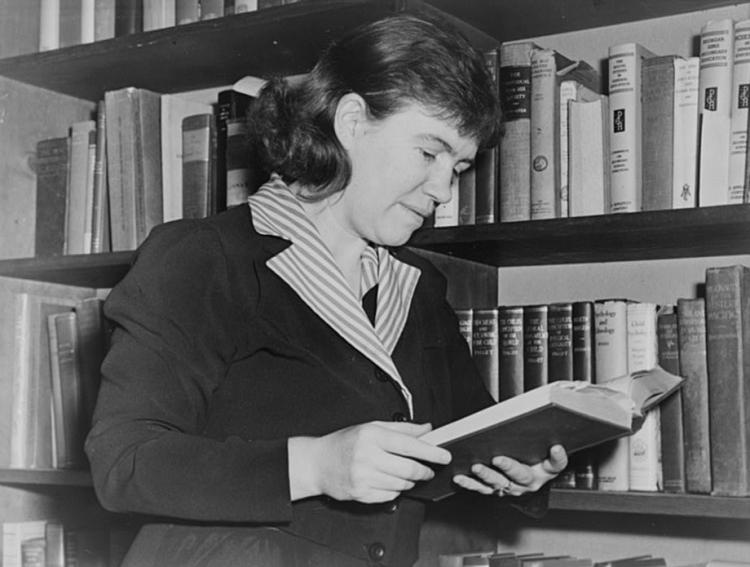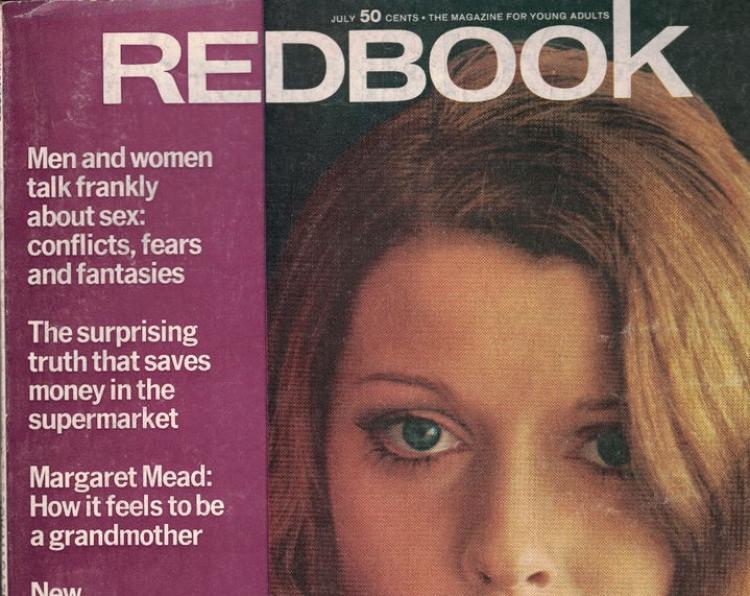Both sides misunderstand Margaret Mead, prof contends
Late anthropologist’s Redbook columns undercut both conservative and liberal stereotypes, expert finds
It’s hard to overstate the reputation of Margaret Mead as both a public intellectual in post-World War II America and as the public face of anthropology.
For Paul Shankman, professor emeritus of anthropology at the University of Colorado Boulder, though, her public reputation was never simple, and that was especially apparent looking at what Mead wrote for Redbook, a popular women’s magazine of the time.

Paul Shankman
Both Mead’s conservative critics—some of whom went so far as to claim she “caused” the moral degradation of America—and liberal supporters—who tend to see Mead as a feminist icon—have misunderstood her views on these issues. In a careful review of her magazine articles, Shankman found that the way people view Mead depended on their prior views about the 1960s.
“It’s almost as if people listen only to the stories they want to hear,” says Shankman, whose article, “The Public Anthropology of Margaret Mead: Redbook, Women’s Issues, and the 1960s,” will soon appear in the journal Current Anthropology.
At the time of her death in 1978, she was one of the most widely known women in the United States. As late as 2001, The Wall Street Journal was using her image in ads to promote its online service.
“Mead was more than a public intellectual; she was an icon,” says Shankman. “She was also an oracle, somebody that people turned to for opinions on everything from marijuana to nuclear war, sex to civil rights.”
But in 1983, anthropologist Derek Freeman upended her public image, publishing a book that sharply criticized Mead’s methods and most famous work, Coming of Age in Samoa (1928).
The fallout from Freeman’s criticism still haunts Margaret Mead. Most people don’t have the time to take a look at what Mead actually said.”
According to Mead, Samoa was sexually permissive; but Freeman claimed that Samoa was among the most sexually restrictive cultures known to anthropology. Freeman’s critique was widely publicized, and “Mead went from respected public figure to cultural roadkill,” Shankman says.
In 2009, Shankman published, The Trashing of Margaret Mead: Anatomy of an Anthropological Controversy, based on careful research demonstrating that Mead’s work in Samoa was basically sound and that Freeman cherry-picked much of his data to attack her.

Margaret Mead, shown here around 1950, has been wrongly characterized by some as having been a feminist icon or a "cause" of moral degradation, Paul Shankman contends.
Nevertheless, the notion that Mead and her work on Samoa were somehow “tarnished” remains imprinted on the minds of many Americans, from public intellectuals to laypersons.
“The fallout from Freeman’s criticism still haunts Margaret Mead,” Shankman says. “Most people don’t have the time to take a look at what Mead actually said.”
Freeman also argued that Mead’s permissive view of Samoa in the 1920s had negative consequences for American society decades later, inspiring the 1960s and the sexual revolution. To better understand Mead’s views about sex and the 1960s, Shankman began examining the long series of monthly columns that Mead wrote for Redbook in the 1960s and ‘70s.
“Redbook was Mead’s major public platform during that period,” Shankman comments.
In the Redbook columns, Mead — and her uncredited co-author and domestic partner, Rhoda Metraux — used two formats: a short question-and-answer fromat and a longer article-length essay format. The question-and-answer format addressed almost every imaginable topic (with some noteworthy exceptions, including the war in Vietnam). For example: “Does the Bible condemn interracial marriage?” and “Barry Goldwater’s View on Poverty.”
In the longer “think pieces,” Mead examined pressing social issues, especially “women’s issues.” Although she was widely seen as accepting and encouraging non-traditional sexual norms, Mead’s Redbook columns are quite traditional, Shankman says.

Margaret Mead wrote a long-running column in Redbook magazine.
For example, she urged young women not to engage in premarital sex. She wrote that college wasn’t necessary for young women and that motherhood should be considered a “career.” And, though she edited American Women (1965), a landmark work on the status of women in the 1960s, she did not write about discrimination against women, did not consider herself a feminist and “railed against the radical feminists,” Shankman found.
Feminist pioneer Betty Friedan criticized Mead for “reinforcing traditional stereotypes of women and limiting women’s choices,” he writes.
Mead’s views did evolve in the late ‘60s and into the ‘70s, but “her columns belie the idea that she was in the vanguard of the sexual revolution,” Shankman says, adding:
“Like many anthropologists, my initial impression (before I read the Redbook columns) was that Mead would have been supportive of the sexual revolution, would have been against discrimination, would have been for careers for mothers with kids, and would have been part of the feminist movement. But none of those things were true for Mead in the ‘60s, At the time, she was very much in the mainstream of thinking about women’s issues rather than being on the cutting edge.”
Shankman also found that Mead’s high profile was not always appreciated by her colleagues.
“When Margaret Mead was a great public figure in the ‘50s, ‘60s, and ‘70s, people loved her,” he says. “But anthropologists had very mixed feelings about her.”
Today, he says, many anthropologists regret the loss of exposure that Mead once brought for the field and wish there were someone of her stature to help the public understand the importance of anthropology and give the field a public voice.

